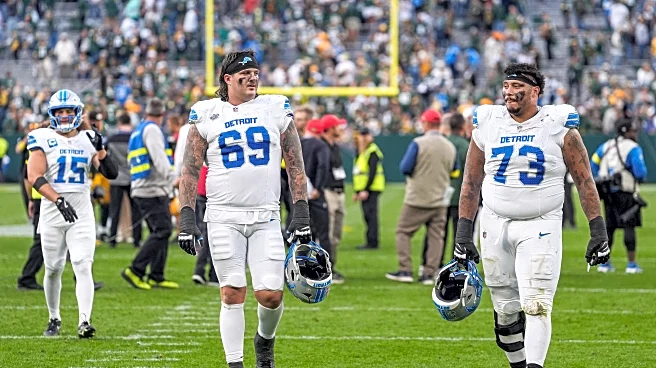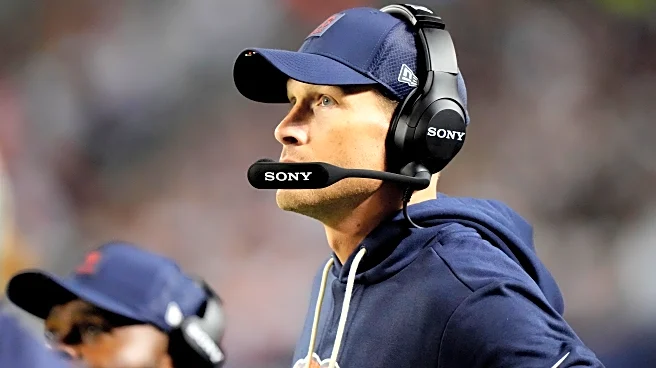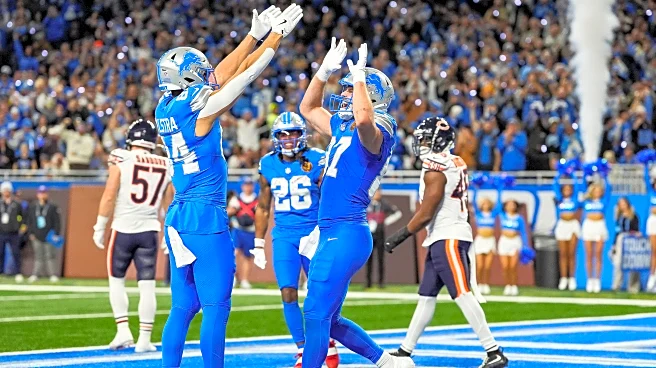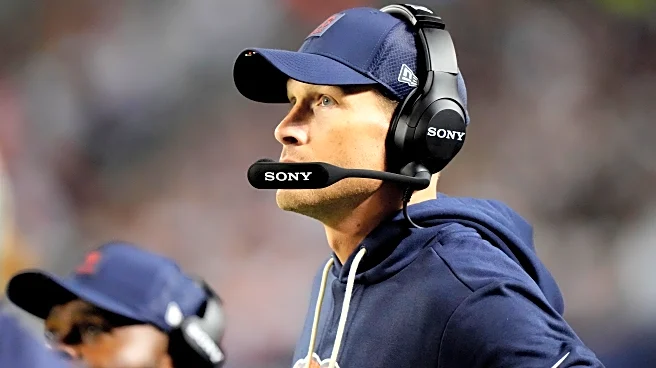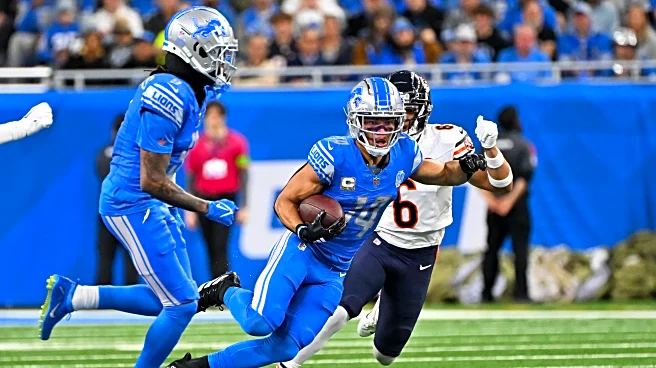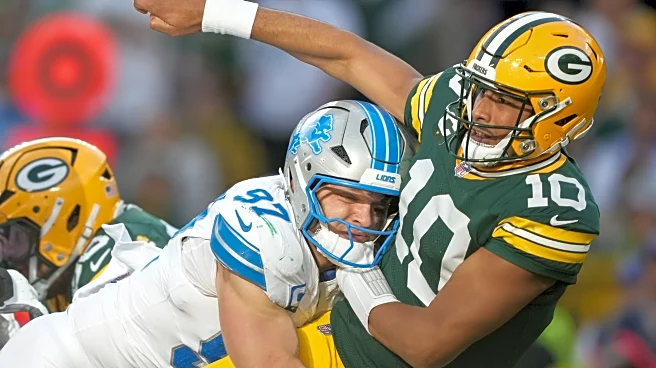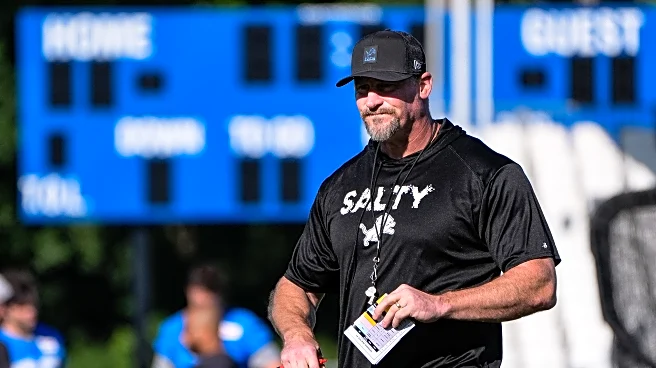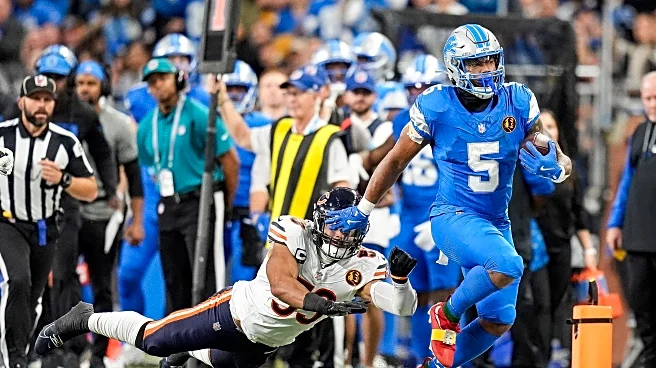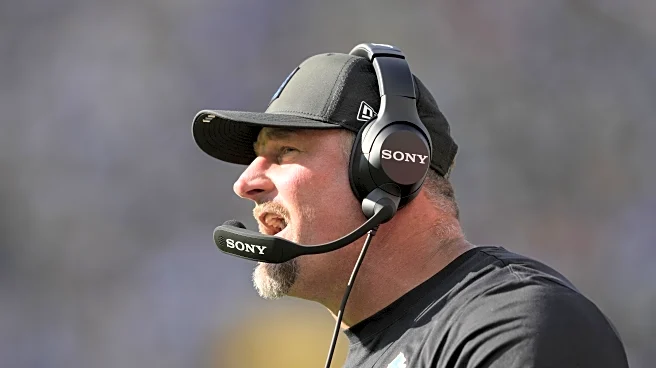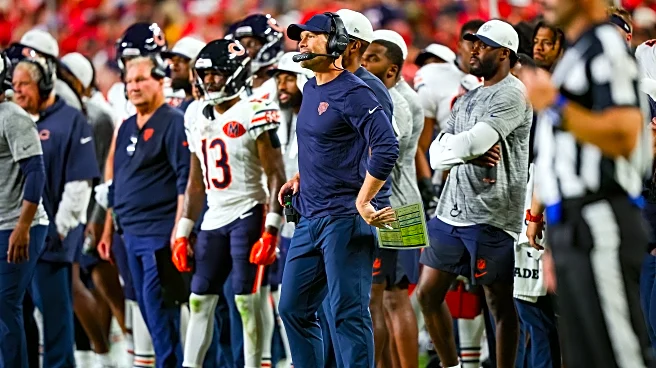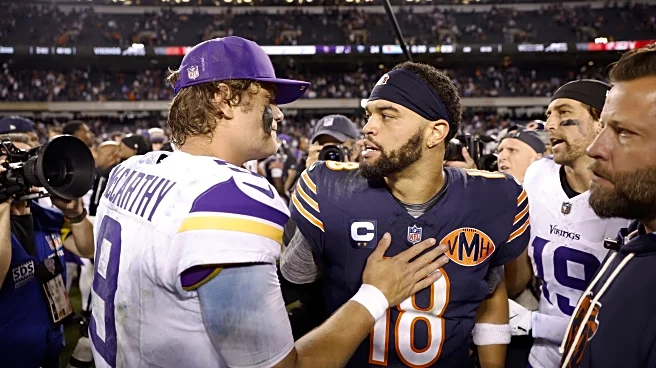The current Detroit Lions regime has a history of slow starts — but Week 1’s meltdown in Green Bay was uncharacteristically treacherous. The good news for Detroit is that it also has a history of roaring back. The Lions have won 10 straight games following a loss dating back to October 2022.
That’s why Lions fans have been pointing to a handful of “no-show” games (2022 Panthers, 2023 Ravens, 2023 Packers, 2023 Bears) when comparing last week’s defeat at Lambeau. Few teams are lucky enough to have so
few of those over two and a half seasons. This is still a resilient bunch built on competition, physicality, and winning football. The staff has earned the benefit of the doubt to clean up shortcomings and look more like the team fans have come to expect.
Dan Campbell sounded exactly like that leader on Tuesday:
“What fuels my tank is losing. That fuels me because I don’t like losing, our players don’t like it, and you go back to work, man. And you get back to the basics of what you do, man, and you hit it head-on. Nowhere to run, nowhere to hide, we’re all accountable. And if we want to win, we have to do the little things right and prepare that way. And then we have to play that way, so that’s what gets me going.”
Campbell will have them ready for a divisional rival led by former Lions offensive coordinator turned Bears head coach, Ben Johnson, returning to Detroit and looking for its first road win. Let’s dive into two key matchups.
Note: Unless otherwise indicated, all statistics are sourced from NFL Pro, TruMedia, FTN Fantasy, or Pro Football Reference.
Corralling Caleb Williams
The biggest takeaway from Chicago’s Monday night win over Minnesota wasn’t Ben Johnson’s play design — that will take time — but it was Caleb Williams’ natural gifts in off-script improvisation. His secondary reaction plays were where the Bears’ offense lived. That’s a problem area for Detroit’s front seven, which struggled to finish pressures late last season and again in Week 1.
Williams set career highs with six scrambles, 58 rushing yards, and a rushing touchdown. He hit the two fastest top speeds of any quarterback in Week 1 (20.45 mph and 20.29 mph — both top-11 among all ball carriers). He was also essentially Chicago’s run game; the Bears finished dead last with a 19.0% rushing success rate.
When plays extended beyond three seconds to throw, Williams ranked:
• 6th in offensive success rate (55.6%)
• 11th in EPA/dropback (0.36)
• T-5th in first downs (5 on 14 attempts)
But on in-rhythm throws under three seconds, he plunged to 28th (36.4% success rate). His best quarterbacking came outside the structure of the play call.
Detroit must not only pressure him but actually finish. Despite blitzing at the league’s third-highest rate (34.8% of dropbacks), the Lions pressured Jordan Love on just 26.1% of his dropbacks (27th), totaling six pressures, no sacks, and only two hits.
The good news: Chicago’s offensive line gave up the second-most pressures (20) and the second-highest pressure rate (46.5%) of any team in Week 1. Braxton Jones (6), Jonah Jackson (5), Joe Thuney (4), and Drew Dalman (4) all surrendered four-plus pressures. Only eight interior linemen league-wide allowed four-plus — the Bears had three of them.
This is a prime chance for D.J. Reader, Tyleik Williams, and Detroit’s blitzing back seven to make an impact, and for Aidan Hutchinson to bounce back to his dominant self. While Detroit’s offense works through its own personnel changes, a statement game from the defense would go a long way.
Return of the Run
For Detroit’s offense to reset, it needs to win at the point of attack. Jahmyr Gibbs and David Montgomery combined for 20 carries, 46 yards, only two first downs, and a 22.7% rushing success rate (third-worst in Week 1).
Campbell and offensive coordinator John Morton emphasized confidence this week in refining communication and execution, aiming to rediscover their identity from last year, when their success rate was nearly double (44.6%). The retooled interior line of Christian Mahogany, Graham Glasgow, and Tate Ratledge now has a game together to build on — and the Bears’ run defense might be just the tonic.
Chicago, under new defensive coordinator Dennis Allen, allowed Minnesota:
- 4.6 yards per rush (T-21st)
- 61.5% rushing success rate (19th)
- 3.27 yards after contact per carry
Last year, they were bottom-12 in all three metrics, including third-worst at 4.8 yards per carry. In Week 1, Aaron Jones (3.00 yards after contact) and Jordan Mason (3.73) both ranked top-10 in yards after contact per carry while running through Bears defenders.
If the Lions’ “Sonic & Knuckles” backfield can produce a similar effort, it will give Jared Goff manageable downs and distances — and let Detroit’s offense get back on track.
